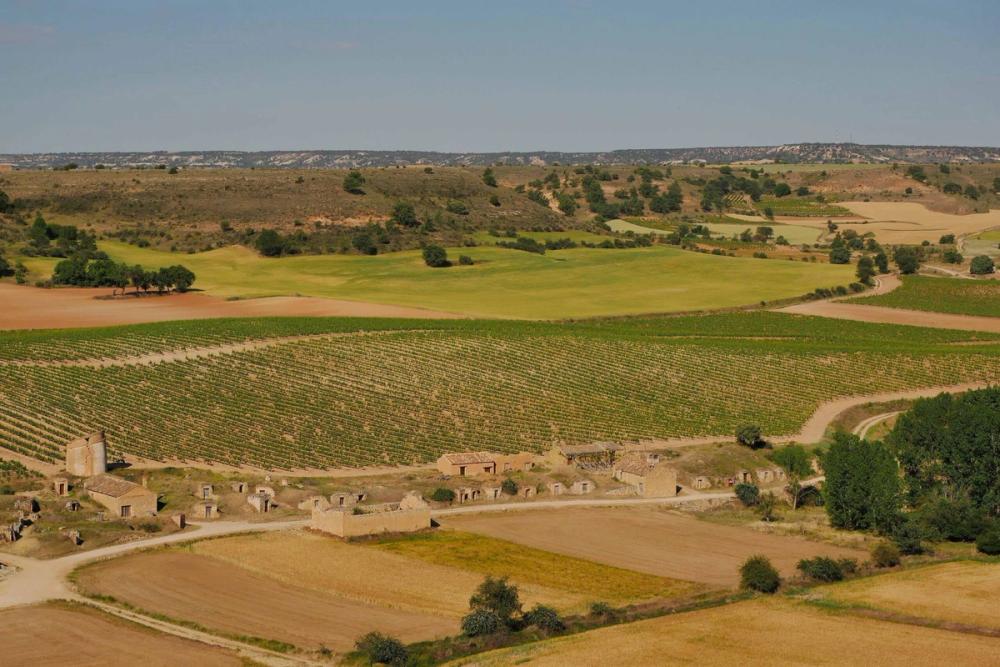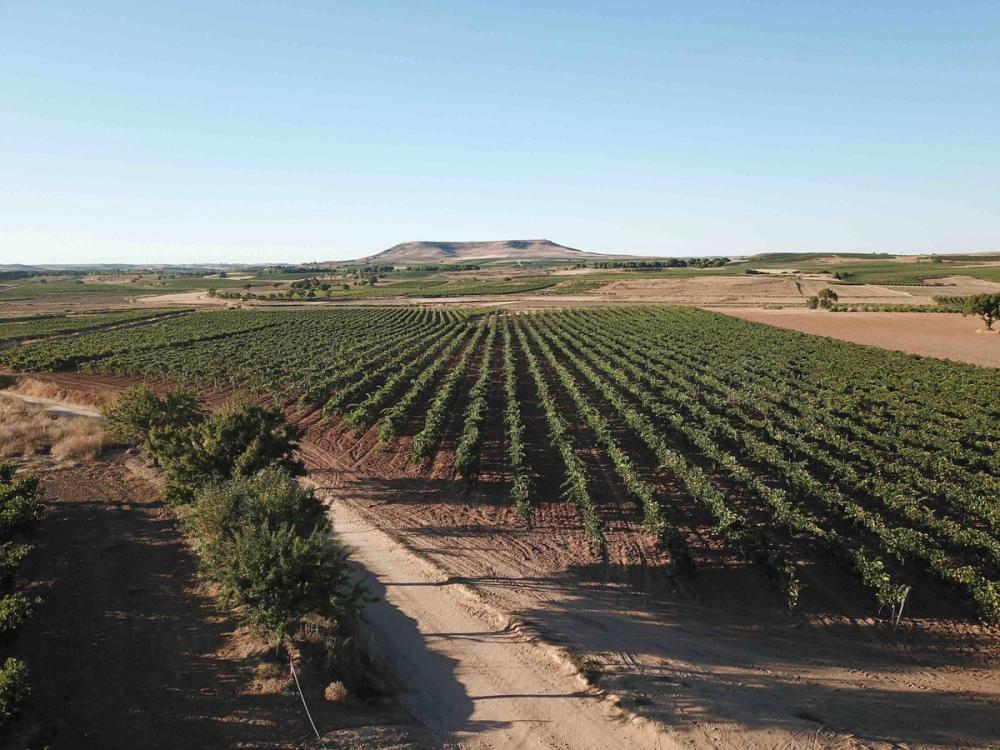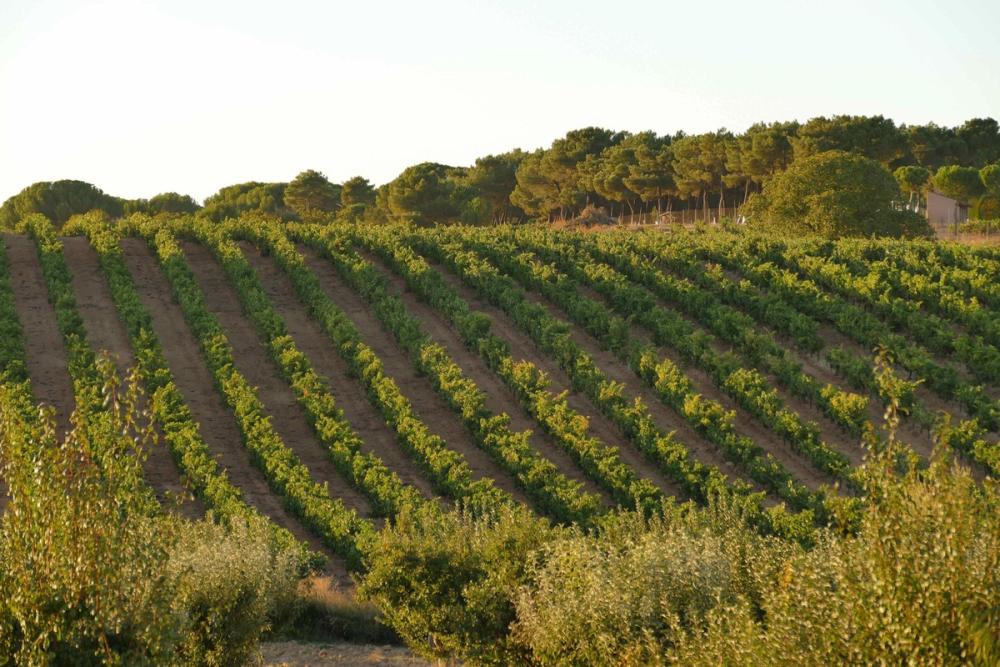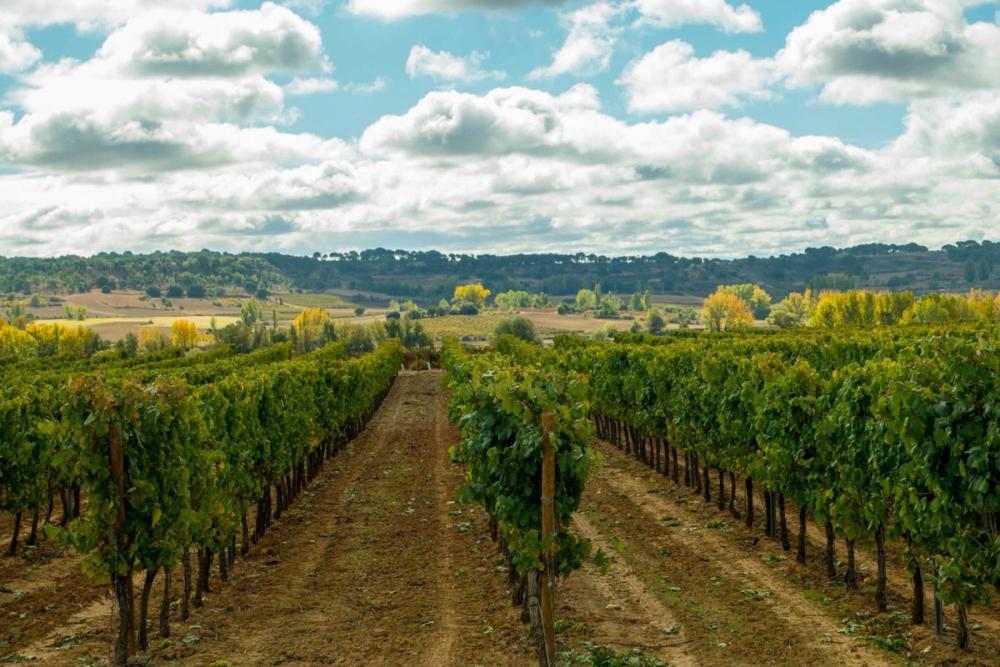The Ribera del Duero D.O.’s Top 100 Tasting with Tim Atkin MW takes place on November 14 at Carlton House Terrace, London SW1Y 5AH. Your chance to capture the best of the region in one tasting. Click here for more and to register. Tim Atkin explains.
Of all the wine regions in Spain why are you so interested and drawn each year to what is happening in Ribera del Duero?
Part of the attraction is that it’s so misunderstood. But also that it’s a work in progress that is dynamic and changing with every vintage. Ribera del Duero’s popular image – big wines, all made from Tempranillo/Tinto Fino – always seemed a bit of a caricature to me, so that was the initial attraction. There are lots of different villages, sub-regions and soil types, and no vintage is the same. There’s also an exciting new generation of young winemakers who are more focused on individual vineyards. What’s not to like, in short?
What big changes have you seen in the region since you first started exploring there?

The Ribera del Duero now offers wines for every palate, says Tim Atkin. Photos copyright CRDO Ribera del Duero
Well, the on-going emergence of that younger generation I mentioned is one thing. So is the realisation that some of the region’s old-vine parcels are pretty special and worth preserving. There’s also less reliance on new oak and late picking and greater focus on freshness and balance. I also like the fact that Ribera del Duero is developing a sense of camaraderie. We do a blind tasting of the top wines with the winemakers each September when I’m there and (nearly) everyone buys into it.
The other thing I should mention is the whites, which are a recent thing as far at the Denominación de Origen. Lots of different styles are emerging.
You are about to unveil your latest Top 100 for Ribera del Duero – what are your overall key findings from your extensive tastings?

The quality is better than ever! I would say that, wouldn’t I? But it’s true. It was also good to see some new names in there this year. There are more whites than ever, so don’t miss those, and a pretty amazing, age-worthy clarete, or rosado. But it’s the reds that are the stars of the line-up. I really like 2021 as a vintage in particular and it’s good to see a few older wines in the Top 100. The diversity is growing exponentially. There really is a Ribera del Duero for every palate.
Where and why do you think the biggest advances have been made in terms of styles of wines being made?
The “new” Ribera del Duero, if we may call it that, is a reaction to the big styles that were popular in the 1990s and early 2000s, although it has certain things in common with what was made in the 1980s and even before that.
I think there’s more focus on terroir expression, as well as on viticulture itself. People are less interested in recipes and more interested in adapting to different vintages.
The wines I like most are fresher, less oaky and lighter bodied, relatively speaking.
As I said, there are lots of styles, not just one. And that’s what’s so special about the region right now. I hope that people who come to the Top 100 tasting will appreciate that.
How do you see the perception of Ribera del Duero wines in the UK trade versus the reality of wines being made there?

Winemakers are expressing their vineyards in their wines more than ever before, says Tim Atkin MW. Photo copyright CRDO Ribera del Duero.
In terms of wine style trends, there are more and more wines with more fruit presence, easier to drink and with less presence of wood. This style of wine is particularly popular in the UK. Winemakers are increasingly clear that the aim is to express their vineyards in their wines, which is clearly the differentiating aspect.
What do you think the region needs to be doing to shout out more and tell the world about what is going on there?
We must be able to demonstrate to the trade and to consumers why we are one of the most prestigious DOs in the world, explaining:
The tireless year-round work of winegrowers and winemakers who work with great respect for what the land has to offer. They combine love, care, patience, dedication and commitment with know-how, tradition, innovation and cutting-edge technology, knowing that the more difficult their work, the greater the reward. More and more young winemakers with the highest level of skill and ability are establish in Ribera del Duero to elaborate their wines.
2) The rigours of the terroir: The complexity of our soils and the harshness of our climate provide us with unique conditions to produce grapes of exceptional quality at high altitude. The unique characteristics of the soils and climate in which our vines are grown serve to produce the best fruit.
That brings an exceptional result: The competing demands of the terroir, the winegrowers and the winemakers, with their love and dedication to both the land and the wine, produce exceptional wines that are recognised the world over.
You are also tasting a lot more whites and rosés than before – what trends and styles are you seeing there?

Tim Atkin MW is looking forward to showing more whites and rosés at the Top 100 tasting. Picture Elisabeth Gabay MW
Rosés from Ribera del Duero are fruity and fresh, showing an attractive and typical acidity. Strawberry pink in colour, with outstanding redcurrant pink nuances and a faint violet iridescence in a thin layer. On the nose are fruity aromas with characteristic hints of wild berries and ripe fruit, typical of the Tempranillo and Albillo varieties.
Whites are made with at least 75% of the Albillo Mayor variety and are balanced and fresh with medium to high acidity and low to medium body. Clear, straw yellow to pale yellow in colour with a presence of aromas of other fruits and plant-based notes.
Is the Ribera succeeding in developing its own style for whites and rosés or looking to follow a more international profile? What do you think is the right approach to be taking?
The correct path is the own style that the Tempranillo and Albillo Mayor varieties give us, both in rosés and whites. Our own style will be what differentiates us and distinguishes us
You are also showing wines that retail in Spain for less than €15 – why are you doing that and what are your overall thoughts on the value for money the Ribera is offering?

Ribera del Duero can produce wines at all prices points but has in particular wines that offer extraordinary value for money, says Atkin. Photo copyright CRDO Ribera del Duero.
The reason we do the Best Ribera del Duero on a Budget mini-selection is that it showcases the extraordinary value for money that the region can deliver, far more than super-premium blockbusters alone. All of these wines have received 91 points and above, proving that they are exception quality, great value wines.
Any particular regions and producers that are making the best value/ quality wine?
There are good value wines made in all four of Ribera del Duero’s sub-regions. In terms of value-for-money, the best reds tend to be Joven or Roble styles that are made for early consumption in most cases. We’ve got a whole section alongside the Top 100 that all scored 91 points of more and retail for less than €15 in Spain.
I don’t want to name individual names. Come to the tasting. Or buy my report that will be published on November 13.
What do you see as the potential for the Ribera del Duero and where you expect to see it grow and develop in the next five years?
It’s grown pretty quickly since 1982 and has become an enormous success. I think that will continue, with a move towards the greater diversity of styles that I mentioned. The big threat is climate change, so I think we’ll see more bodegas planting vineyards at altitude.

The Top 100 tasting will also feature wines that are looking for representation in the UK. Photo copyright CRDO Ribera del Duero.
It’s also possible that we will see fewer varietal Tempranillos and more blends, both with white grapes, which is what happened in the first half of the 20th century and before, but also with grapes that have good levels of natural acidity, like Bobal and Garnacha. The whites, too, will continue to improve and I’d like to see the rosados make a comeback. Exciting times!
It’s also good to see you have producers at the tasting looking for distribution – how have you decided which ones to include?
‘Unrepresented Ribera del Duero Selection’ will showcase 32 high-scoring wines, that are currently not represented in the UK, that we feel deserve recognition and a place in the UK market. These wines were identified during the same tasting process as the Top 100 Selection, by scoring 91+ points.
You are also hosting a consumer tasting in the evening open to WSET members and retailers best customers – how do people apply for tickets for that and what wines will they be able to taste?
We are so excited to have added a consumer element to this year’s tasting. Guests will be able to taste all of the wines included in the Top 100 selection and we are asking retailers to invite their best, wine-knowledgeable consumers to come along. We’re also reaching out to WSET students through WSET platforms. Consumers can register for the event here.
- Find out and more about Tim Atkin’s Top 100 Ribera del Duero tasting taking place in London on November 14 from 12pm to 5.30pm (trade only) by clicking here.
- Tim Atkin’s full Top 100 report will be available to buy from his website from November 14.
































